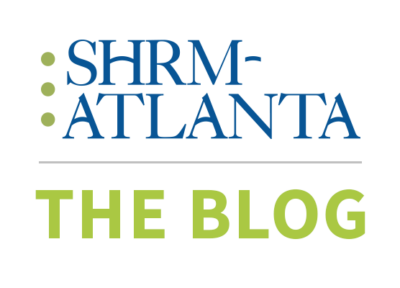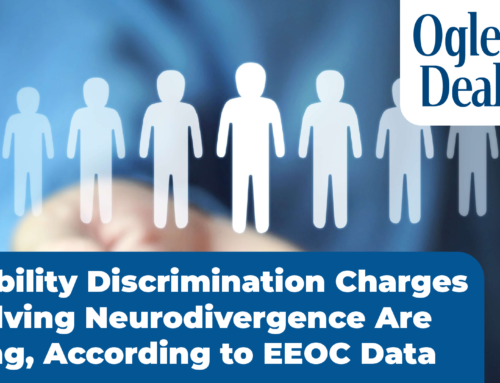By: Joy Burton, Nicky Jones-Gyllstrom and Rebecca Kruske, Gallagher
Technology has stretched the traditional “9 to 5” workday to “8 to 6” or even “7 to 7” and beyond. Tasked with managing a constant information stream, employees don’t always log out for the day when they go home. Instead, they may respond to emails while the microwave cooks dinner or get a jump on work tasks while the morning coffee brews.
This new normal can help move business along, but it can also lead to employee burnout. That’s why, regardless of their culture, employers should offer resources that protect employees’ personal lives while providing technology that optimizes workplace flexibility.
Technology brings flexibility and stress
Gallup’s 2017 State of the American Workplace report confirms that flexible scheduling and work-from-home opportunities are very attractive to employees — so much so that 51% would change their current job for one that offered flextime. Although employees welcome the flexibility that technology brings to their lives, they endure more stress because of their connectivity.
According to a 2015 study, 65% of U.S. employees identify work as their top stressor. And two contributors to that stress are long hours and work-family conflict. It’s no surprise, then, that employees are interested in finding middle ground between their professional and personal lives. When considering a new job, 53% say a role that allows them greater work-life balance and better personal wellbeing is very important.
Employers have good reason to consider and enact flexible scheduling and work-from-home policies that help employees find their balancing point. Employees who work remotely on some days — but not all — are more engaged than those who always work in the office.
Purpose-driven support for work-life integration helps deliver better results. Busy decision makers looking to roll out resources to employees must resist automatically following the latest trend. Because no single solution is equally effective for all needs, employers should offer options that reflect the specific characteristics of their workforce and culture.
Take a cue from generational differences
Each employee has a unique take on what work-life integration should be, but employers can find common themes within each generation of workers. This is important to keep in mind as U.S. workforces grow more age diverse.
Consider the high-tech industry. Many employers famously offer amenities to keep employees on campus so they can comfortably spend more time on the job. However, one company that took this approach found itself losing experienced Gen-X talent that was needed to provide leadership to a younger workforce. An analysis showed their campus amenities appealed to millennials but backfired with older workers. Gen Xers wanted to go home to their families. When that desire clashed with the company culture, they found new jobs.
Multiple tactics support healthy work-life integration. Some are more traditional and others are more avant garde — from tuition reimbursement and parental leave, to sabbaticals and even paying workaholic employees to take a vacation. A 2017 survey identified a few of the wellbeing options offered by employers to help employees effectively integrate work with other aspects of their lives. What’s critical is choosing a mix of resources that reflects the diversity of the workforce.
PROMOTING HEALTHY WORK-LIFE INTEGRATION
|
Tactic |
Use |
|
Lactation and nursing mothers’ rooms |
39% |
|
Financial wellbeing opportunities |
34% |
|
Community engagement opportunities |
27% |
|
Social wellbeing initiatives |
18% |
|
Onsite wellbeing or meditation rooms |
9% |
Employers can more effectively customize work-life integration to their culture by determining exactly what they want to achieve. A wellbeing assessment should provide useful insights, including an audit of work-life integration resources through methods like stakeholder focus groups or interviews. The goals are to understand the needs and wants of employees, determine the value of currently offered resources, and identify any silos to dismantle. With clear answers from this discovery process, employers are better able to see what they’re already achieving and where gaps and opportunities exist.
The right value proposition sets the stage for successful hiring and retention
An employer value proposition is a cornerstone in aiding the physical and emotional wellbeing of current and future employees. This summary of cultural attributes — that helps set expectations for the employee experience — should communicate a distinct commitment to work-life integration. Value proposition attributes will vary. For example, the interests of investment bank employees and job seekers may be very different from the interests of those who work for, or want to work for, an environmentally focused manufacturer.
When a value proposition is stated during the interview process, job candidates will understand what kind of organization the employer is and how work-life integration will be affected. It then becomes the employer’s challenge to follow through on the inherent promises, understanding that work-life integration is a key component of talent retention. To the extent that they succeed, they establish a brand reputation as a destination employer and set themselves apart from their competitors.
The fact is, employees bring their whole selves to work. So it’s wise for employers to foster a culture that wholly supports the dreams, goals and endeavors of their workforce — whether work related or personal — because both realms are intertwined. The quality of health and wellbeing in one affects the quality of health and wellbeing in the other. And work-life integration helps drive the best outcomes 24/7. Building a culture that supports work-life integration requires a good grasp of workforce demographics, tactics that create an appealing environment for each segment, and clearly communicating what employees can expect from their employer. An ongoing commitment to these efforts is the essential winning move for attracting and retaining the right employees — by maintaining a healthy environment for their wellbeing.
1 Gallup, Inc., “State of the American Workplace,” 2017
2 American Heart Association, “Resilience in the Workplace: An Evidence Review and Implications for Practice,” October 2017
3 Arthur J. Gallagher & Co., “Benefits Strategy & Benchmarking Survey — Executive Summary,” 2017
Joy Burton, Senior Wellbeing & Engagement Consultant, Great Lakes Region – Joy helps clients build best-in-class, multi-year wellbeing and engagement strategies that offer innovative, results-based solutions. She specializes in developing integrated strategies that improve employee engagement, and has broad experience in employee benefits and healthcare.
Nicky Jones-Gyllstrom Global Managing Director, Gallagher Equity and M&A Advisors (GEMAA) – Nicky leads her industry practice teams in delivering value to clients throughout their M&A life cycle. Her expertise in due diligence, new client transition, integration and harmonization strategy, M&A and divestiture readiness and private equity aggregation solutions has resulted in significant savings and value creation.
Rebecca Kruske Area Vice President & Practice Leader, Wellbeing & Engagement, Western Region -Rebecca supports clients and Gallagher team members alike in developing holistic strategies centered on individual wellbeing and organizational health. She specializes in providing tailored solutions that enhance the employee experience and tie back to the organization’s values and goals.





